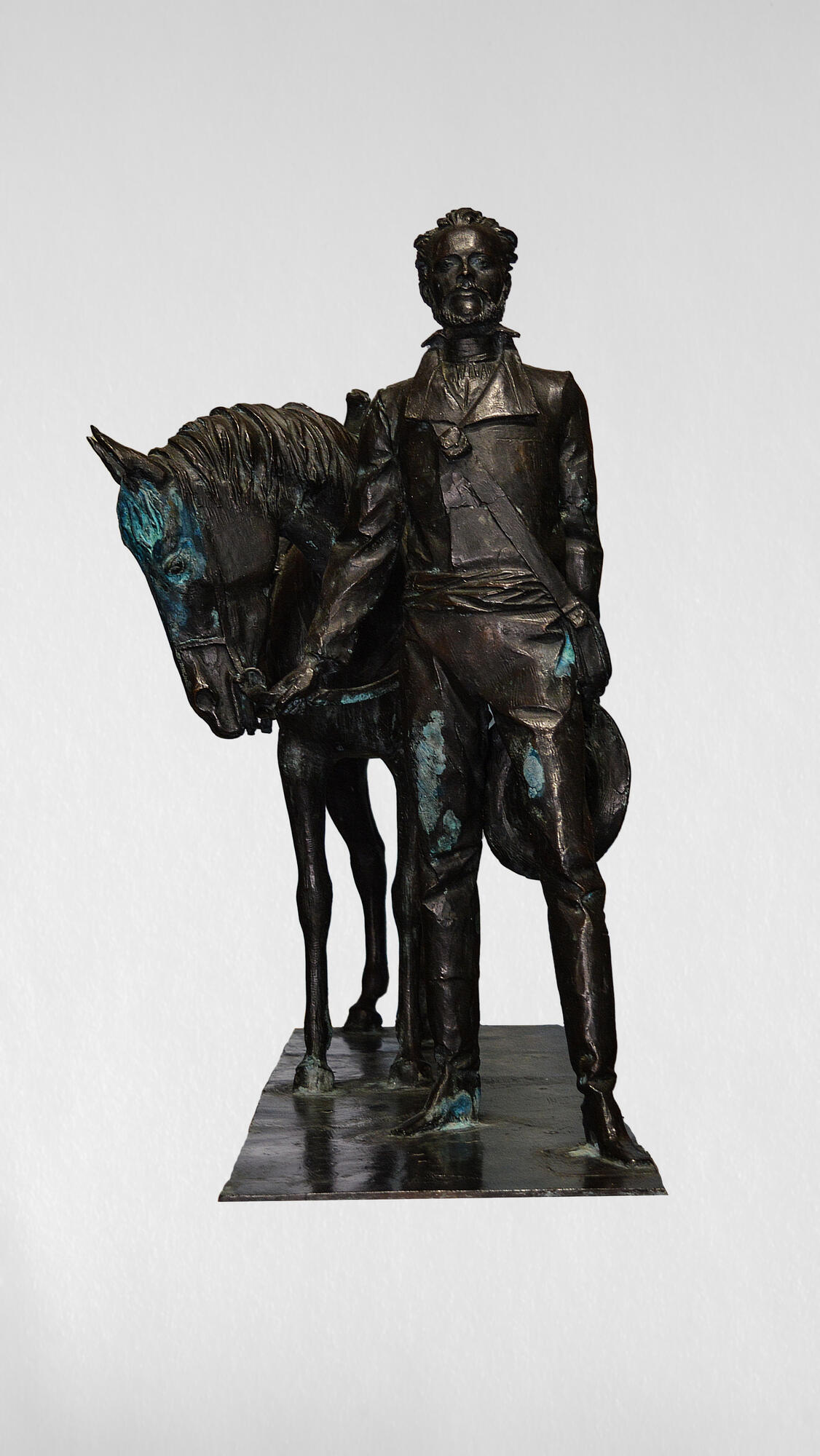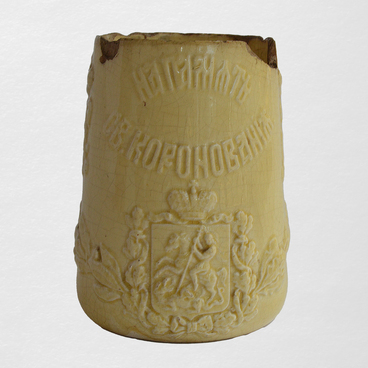Monuments to Pyotr Semyonov-Tyan-Shansky have been installed in St. Petersburg, Barnaul, Ryazan and other Russian cities. The most colossal among them was the monument, which was opened in 1982 near the western side of Lake Issyk-Kul in Kyrgyzstan. The place was not chosen by chance.
In the 1850s the western part of the lake was completely unknown to European geographers and Pyotr Semyonov was the first traveler to visit these places. He described what he saw in his travel diaries, which later formed the basis of several scientific articles which came out in various European publications. Issyk-Kul is the largest lake in Kyrgyzstan. It is located between the ranges of the Tyan Shan. The name in the Kyrgyz language means ‘hot lake’ because it does not freeze in winter.
The idea to install the sculpture in this place arose in the Geographical Society of the USSR during the preparation for the celebration of the 150th anniversary of Pyotr Semyonov-Tyan-Shansky. The author of the monument was the famous St. Petersburg sculptor Vladimir Gorevoy, member of the Russian Academy of Arts and professor. He was born in Moscow in 1944, but he lived and worked in St. Petersburg from his early years. Here in 1970, the artist graduated from the Leningrad Institute for Painting, Sculpture and Architecture named after I. Y. Repin.
The monument to Semyonov-Tyan-Shansky stands with the most famous works of the sculptor, they are the monument of Peter the Great in Priozersk, the Partisan Glory architectural and sculptural complex in Luga, as well as two monuments to Empress Catherine the Great in Pushkin and Novorzhevsk. There are works by this sculptor in foreign countries as well. For example, in Italy he monumentalized the Empress Maria Alexandrovna and the composer Pyotr Tchaikovsky.
The Museum-Estate of P. P. Semenov-Tyan-Shansky has a reduced -scale copy of the monument to Pyotr Semenov-Tyan-Shansky, made of bronze; it was presented by the author to the collection to the 170th anniversary of the scientist in 1997. Gorevoy depicted the traveler at the moment when he first found himself on the shore of the Issyk-Kul, in those places where no European explorer had ever set a foot.
In the 1850s the western part of the lake was completely unknown to European geographers and Pyotr Semyonov was the first traveler to visit these places. He described what he saw in his travel diaries, which later formed the basis of several scientific articles which came out in various European publications. Issyk-Kul is the largest lake in Kyrgyzstan. It is located between the ranges of the Tyan Shan. The name in the Kyrgyz language means ‘hot lake’ because it does not freeze in winter.
The idea to install the sculpture in this place arose in the Geographical Society of the USSR during the preparation for the celebration of the 150th anniversary of Pyotr Semyonov-Tyan-Shansky. The author of the monument was the famous St. Petersburg sculptor Vladimir Gorevoy, member of the Russian Academy of Arts and professor. He was born in Moscow in 1944, but he lived and worked in St. Petersburg from his early years. Here in 1970, the artist graduated from the Leningrad Institute for Painting, Sculpture and Architecture named after I. Y. Repin.
The monument to Semyonov-Tyan-Shansky stands with the most famous works of the sculptor, they are the monument of Peter the Great in Priozersk, the Partisan Glory architectural and sculptural complex in Luga, as well as two monuments to Empress Catherine the Great in Pushkin and Novorzhevsk. There are works by this sculptor in foreign countries as well. For example, in Italy he monumentalized the Empress Maria Alexandrovna and the composer Pyotr Tchaikovsky.
The Museum-Estate of P. P. Semenov-Tyan-Shansky has a reduced -scale copy of the monument to Pyotr Semenov-Tyan-Shansky, made of bronze; it was presented by the author to the collection to the 170th anniversary of the scientist in 1997. Gorevoy depicted the traveler at the moment when he first found himself on the shore of the Issyk-Kul, in those places where no European explorer had ever set a foot.



